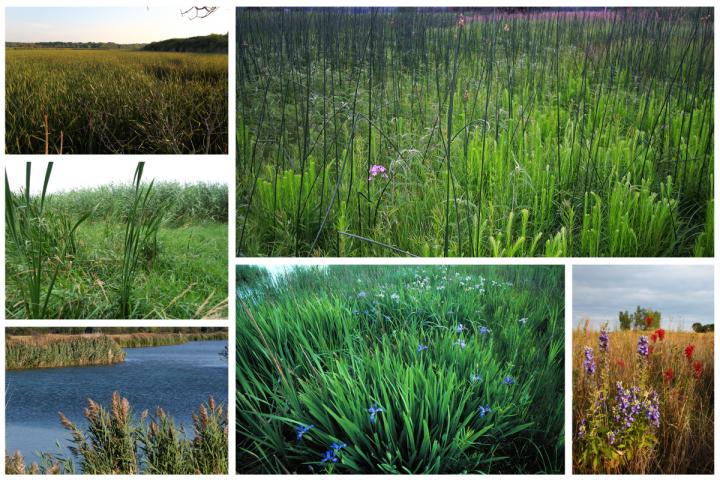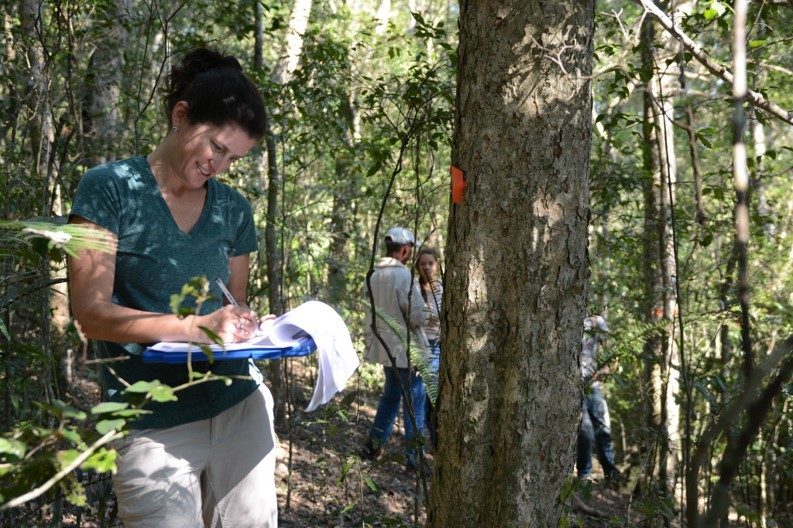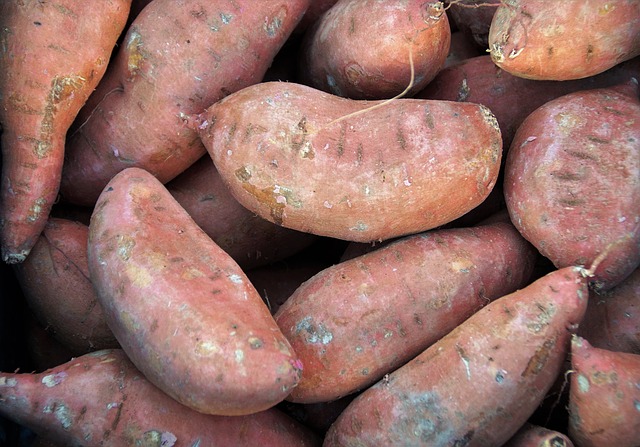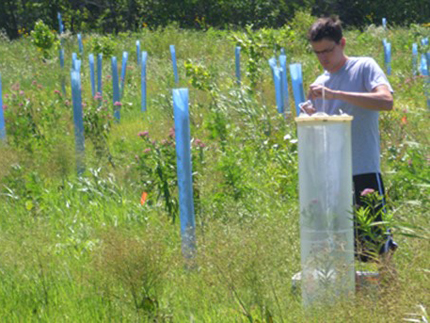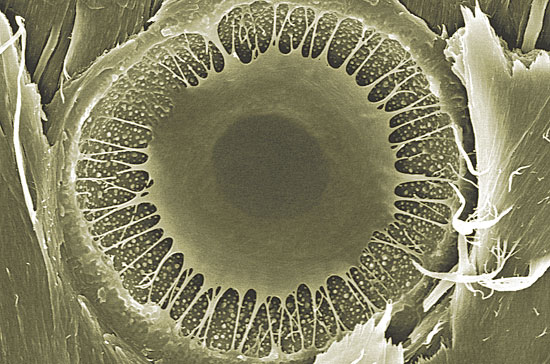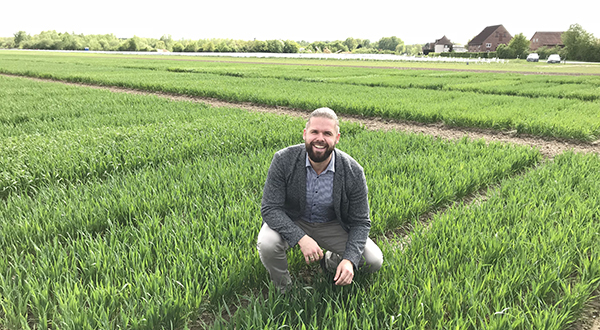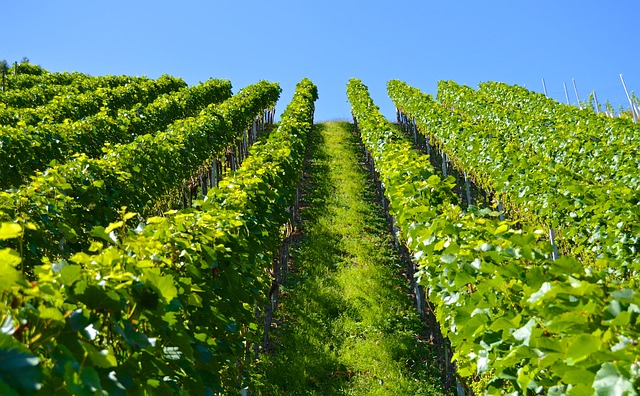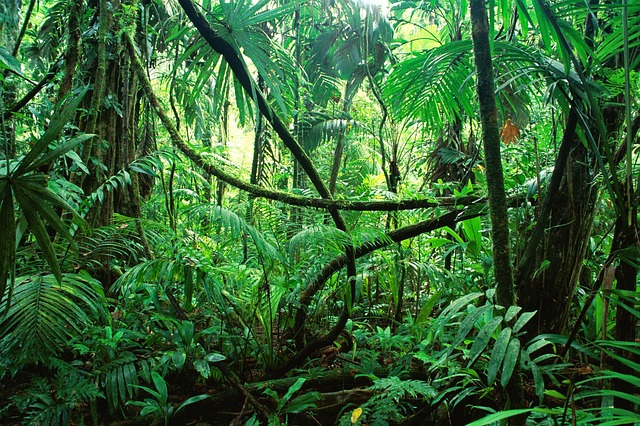
Some fungi and bacteria live in close association, or symbiosis, with tree roots in forest soil to obtain mutual benefits. The microorganisms help trees access water and nutrients from the atmosphere or soil, sequester carbon, and withstand the effects of climate change. In exchange, they receive carbohydrates, which are essential to their development and are produced by the trees during photosynthesis.
More than 200 scientists from several countries, including 14 from Brazil, collaborated to map the global distribution of these root symbioses and further the understanding of their vital role in forest ecosystems. They identified factors that determine where different kinds of symbionts may emerge and estimated the impact of climate change on tree-root symbiotic relationships and hence on forest growth.
They concluded that the majority of ectomycorrhizal trees will decline by as much as 10% if emissions of carbon dioxide (CO2) proceed unabated until 2070, especially in cooler parts of the planet. Ectomycorrhizae are a form of symbiotic relationship that occurs between fungal symbionts and the roots of various plant species.
The authors of the study, featured on the cover of Nature, included Brazilian researchers Carlos Joly and Simone Aparecida Vieira, both professors at the University of Campinas (UNICAMP) and coordinators of the FAPESP Research Program on Biodiversity Characterization, Conservation, Restoration and Sustainable Use (BIOTA-FAPESP), as well as plant ecologist Luciana Ferreira Alves, now at the University of California, Los Angeles (UCLA) in the United States.
“We’ve long known that root-microorganism symbiosis is key to enable certain tree species to survive in areas where the soil is very poor and nutrients are released slowly by the decomposition of organic matter. The mapping survey helps us understand the distribution of these relationships worldwide and the factors that determine them,” Vieira told Agência FAPESP.
The researchers focused on mapping three of the most common groups of tree-root symbionts: arbuscular mycorrhizal fungi, ectomycorrhizal fungi, and nitrogen-fixing bacteria. Each group comprises thousands of species of fungi or bacteria that form unique partnerships with different tree species.
Thirty years ago, botanist David Read, Emeritus Professor of Plant Science at the University of Sheffield in the United Kingdom and a pioneer of symbiosis research, drew maps to show locations around the world where he thought different symbiotic fungi might reside based on the nutrients they provide to fuel tree growth.
Ectomycorrhizal fungi provide trees with nitrogen directly from organic matter, such as decaying leaves, so Read proposed that these fungi would be more successful in forests with cooler and drier seasonal climates, where decomposition is slow and leaf litter is abundant.
In contrast, Read argued, arbuscular mycorrhizal fungi should dominate in the tropics, where tree growth is limited by soil phosphorus and the warm, wet climate accelerates decomposition.
More recently, research by other groups has shown that nitrogen-fixing bacteria seem to thrive most in arid biomes with alkaline soil and high temperatures.
These hypotheses have now become testable thanks to the data gathered from large numbers of trees in various parts of the globe and made available by the Global Forest Biodiversity Initiative (GFBI), an international consortium of forest scientists.
In recent years, GFBI-affiliated researchers have built a database comprising information from more than 1.1 million forest plots and have inventoried 28,000 tree species. They surveyed actual trees located in over 70 countries on every continent except Antarctica.
The inventories also contain information on soil composition, topography, temperature and carbon storage, among other items.
“The plots inventoried by researchers linked to BIOTA-FAPESP are located in areas of Atlantic rainforest, including the northern coast of São Paulo State, such as Caraguatatuba, Picinguaba, Cunha and Santa Virgínia, and the southern coast of the state, such as Carlos Botelho and Ilha do Cardoso,” Joly said. “We also inventoried a substantial part of the Amazon region via projects in collaboration with other groups.”
Data on the locations of 31 million trees from this database, along with information on the symbionts associated with them, were fed by the GFBI team into a computer algorithm that estimated the impacts of climate, soil chemistry, vegetation and topography, among other variables, on the prevalence of each type of symbiosis.
The analysis suggested that climate variables associated with organic decomposition rates, such as temperature and moisture, are the main factors influencing arbuscular mycorrhizal and ectomycorrhizal symbioses, while nitrogen-fixing bacteria are likely limited by temperature and soil acidity.
“Climate changes occurring in the Northern Hemisphere may displace ectomycorrhizal fungi to other regions, leading to a drastic reduction in the density of these symbiotic relationships or their total loss,” Vieira said.
“This can affect nutrient cycling and above all carbon fixation, which depends on these symbiotic associations if forest vegetation is to absorb nutrients that are scarce or not available in the requisite form.”
Effects of climate change
To gauge the vulnerability of global symbiosis levels to climate change, the researchers used their mapping survey to predict how symbioses may change by 2070 if carbon emissions continue unabated.
The projections indicated a 10% reduction in ectomycorrhizal fungi and hence in the abundance of trees associated with these fungi, corresponding to 60% of all trees.
The researchers caution that this loss could lead to more CO2 in the atmosphere because ectomycorrhizal fungi tend to increase the amount of carbon stored in the soil.
“CO2 limits photosynthesis, and an increase in atmospheric carbon could have a fertilization effect. Faster-growing plant species may be able to make better use of this rise in CO2 availability in the atmosphere than slower-growing plants, potentially leading to species selection. However, this remains to be seen,” Joly said.
The researchers are also investigating the likely impact of increased atmospheric CO2 and global warming on plant development. Plants must expend more resources on respiration in a warmer climate, so photosynthesis will accelerate. What the net outcome of this growth effect will be is unclear, according to the researchers.
“These questions regarding tropical forests are still moot. Continuous monitoring of permanent forest plots will help us answer them,” Joly said.
Read the paper: Nature
Article source: By Elton Alisson | Agência FAPESP
Image: bere von awstburg / Pixabay


